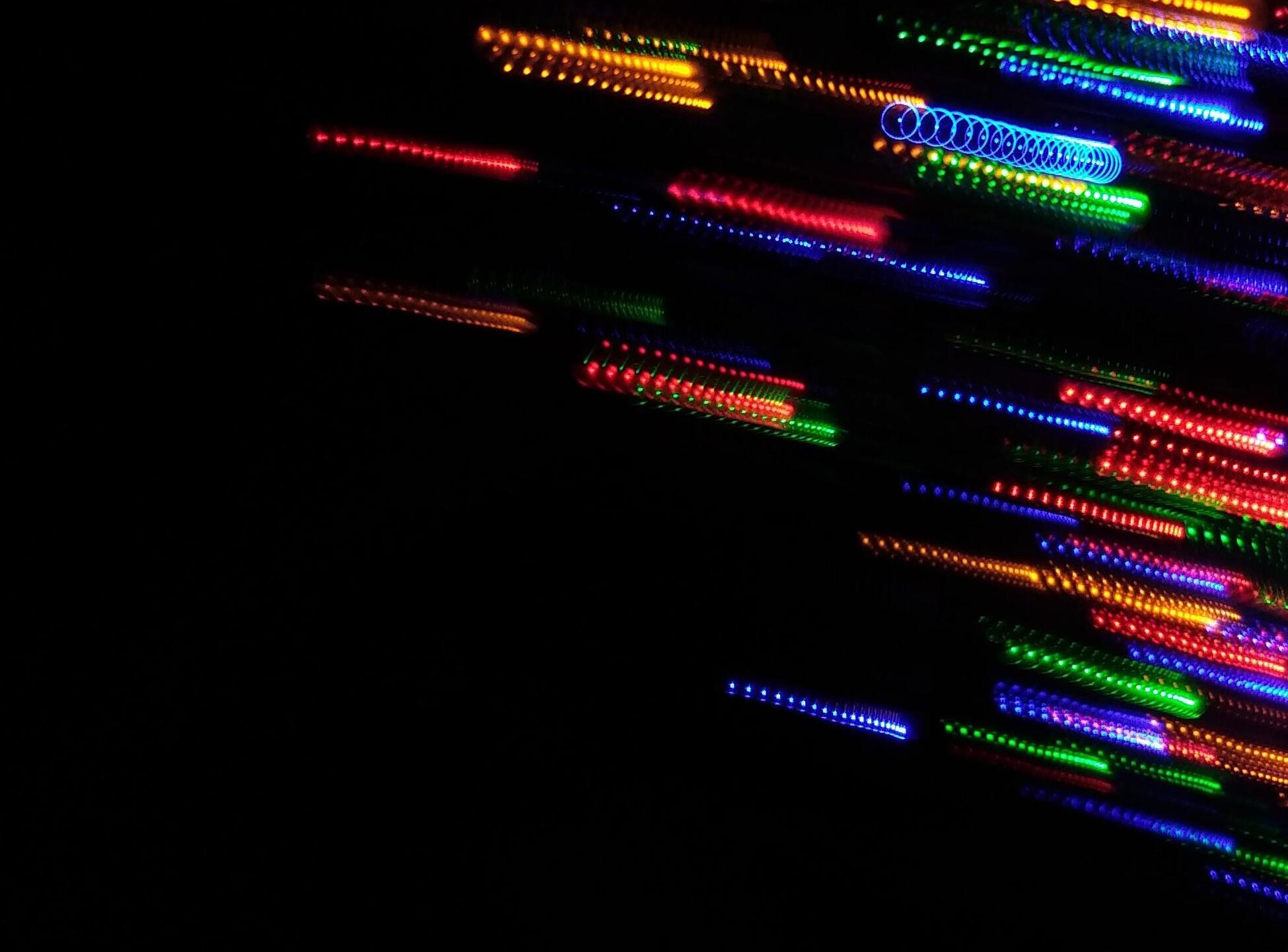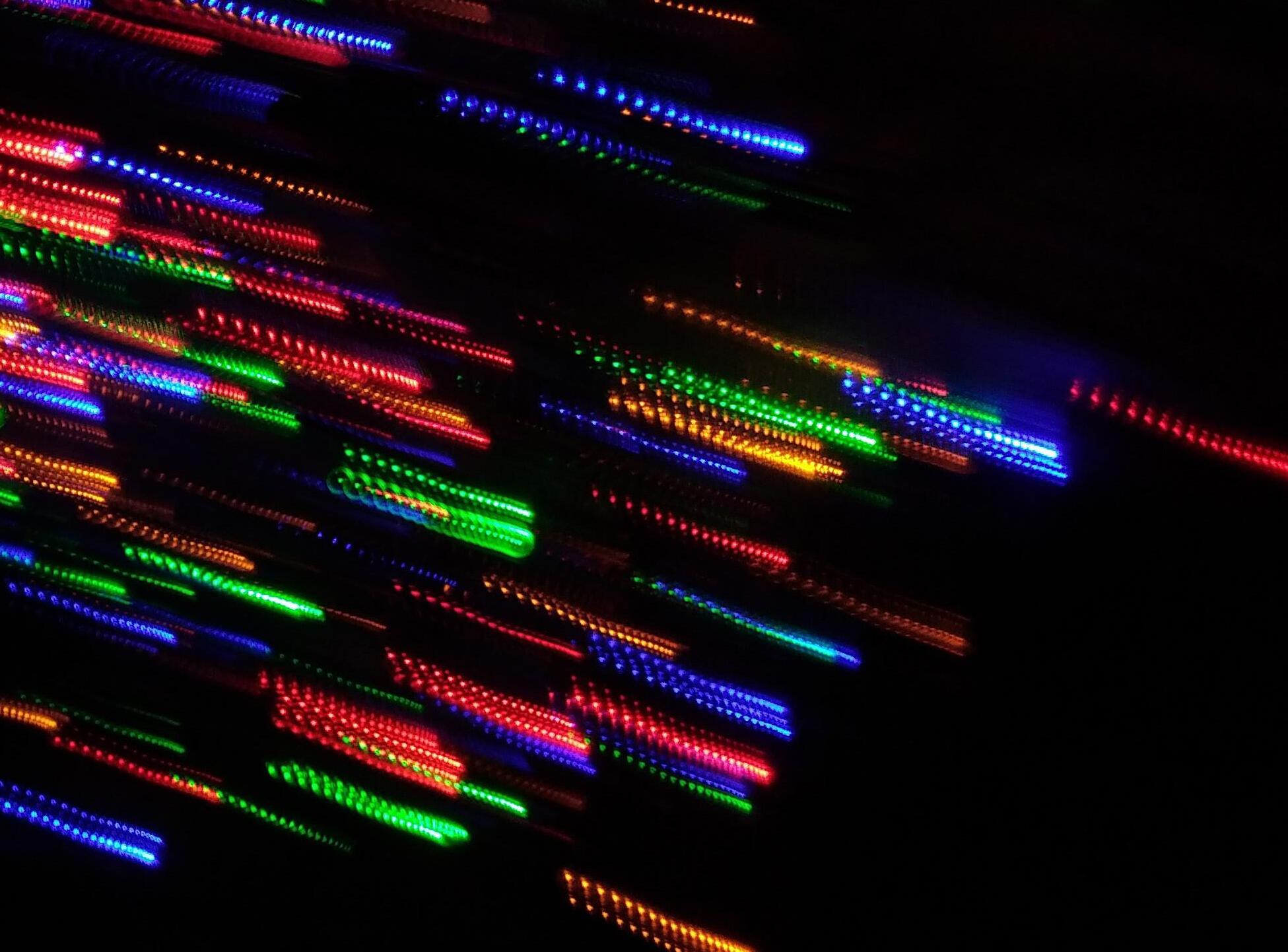
3 minute read
Bring on the lasers!
As laser projection becomes a reality for a wider spectrum of cinemas, Omnex’s Head of Technical Services Darren Briggs examines the key facts and figures you need to know if you’re in the market for an upgrade.

Advertisement
IN THE PAST FEW YEARS, laser light projectors are becoming the norm. The manufacturers now have a good range suitable for smaller screens as well as initial ranges made for the PLF screens.
Xenon machines featuring the latest electronics still have their place, notably in post-production screening rooms or part-time cinemas where it is still the most cost-effective of routes into DCI Cinema projection. From a technical perspective, standard* DCI content is
ELECTRICITY COSTS Xenon Vs Laser
As of Sept 2022 a cost increase of an average of 73% in 2002 over 2021 came in — a unit price of an average 19p/kWh to 33p/kWh. What does that mean to a projector’s running costs?
2021 2022
Xenon Projector £1,995 £3,465
Electricity cost
Laser Projector £718 £1,247
Electricity cost
Based on average 4,200hrs’ operation, electricity costs/year (11.5 hours/day) presently mastered for the DCI P3 colour space which xenon projectors easily operate in. This means the wider colour gamut in some laser units is not used fully for DCI projection — currently.
ALTHOUGH ALL projectors require to be operated within a set temperature range, heat from a laser projector is greatly reduced compared to a xenon unit. The knock-on is the possibility of removing the extract ducting fully and
Laser vs Xenon power consumption
A smaller S2K Xenon projector consumes approx. 2.5kW
A comparable Laser based system only 0.9kW
The scale remains similar all the way through model ranges and is an average. The headline average is that a laser projector draws at least 50% less power.
How much could switching from a small xenon-based projector save you per year?
Saving of £3,051 / year simply cooling the room with A/C. Each cinema is unique and Omnex can advise on the environment vs any saving to be made when upgrading to laser. A standard projection room of a new build will not require extract ducting, only room A/C. (A xenon unit requires both). With Omnex finance options available, paying a set monthly fee for a new projector, warrantied and supported, makes upgrading easier still.
IN PRACTICAL TERMS, laser does generally improve contrast and longterm stable 14fl brightness is a huge benefit in comparison to a xenon** projector whose light output decreases over its hours before being replaced. Power consumption of laser light source projectors can be a lot lower than xenon equivalents. This can make a material difference to operating costs. Look for the Lumens Per Watt figures. With the vast range of laser light source projectors available to fit most budgets, in 2023, laser is certainly here for the masses. *Dolby Cinema and IMAX laser both have bespoke DCPs created to use the wider colours available.
**A xenon projector should not fall lower than DCI min. brightness if specified, calibrated and maintained correctly.
Key Terms And Products Available
LASER PHOSPHOR LIGHT SOURCE - Use of a combination of Laser plus a Phosphor wheel (Which in turn generates a different colour) to generate a White Light source. Often just Blue or Red and Blue lasers are used. NEC use Blue laser and Red/Blue laser light sources in combination with the use of a phosphor wheel. The advantage of Phosphor is the near elimination of all visible Speckle.
RGB – Pure Red, Green and Blue lasers making up the White light source. Providing the widest range of colour reproduction and can produce very bright images for larger screens.

RGB 6P – As per RGB but when using dual projectors, left and right with different wavelengths of the three Primary colours. Using colour filtering glasses, 3D can be achieved without any further equipment (Dolby Cinema for example).
CHRISTIE’S RGBE - Pure Red, Green and Blue Laser with phosphor wheel to provide low to non-existent speckle but at a lower cost to pure RGB for smaller screens.
BARCO SMART LASER – The range of SP projectors use a varied combination of R/G/B lasers with a Phosphor wheel to produce the white light source. A great modular design which has greatly reduced the cost of Laser light source for the latest range of 2K and 4K projectors
SPECKLE – The name given to the visible interference patter generated between the laser light reflected from the screen surface and the laser light being projected to the screen causing the wavelengths to interact. Generally higher reflective screens cause more speckle. Speckle has been greatly reduced by both projector manufactures and the latest generations of screen surfaces. Matt White screens don’t suffer with speckle.










